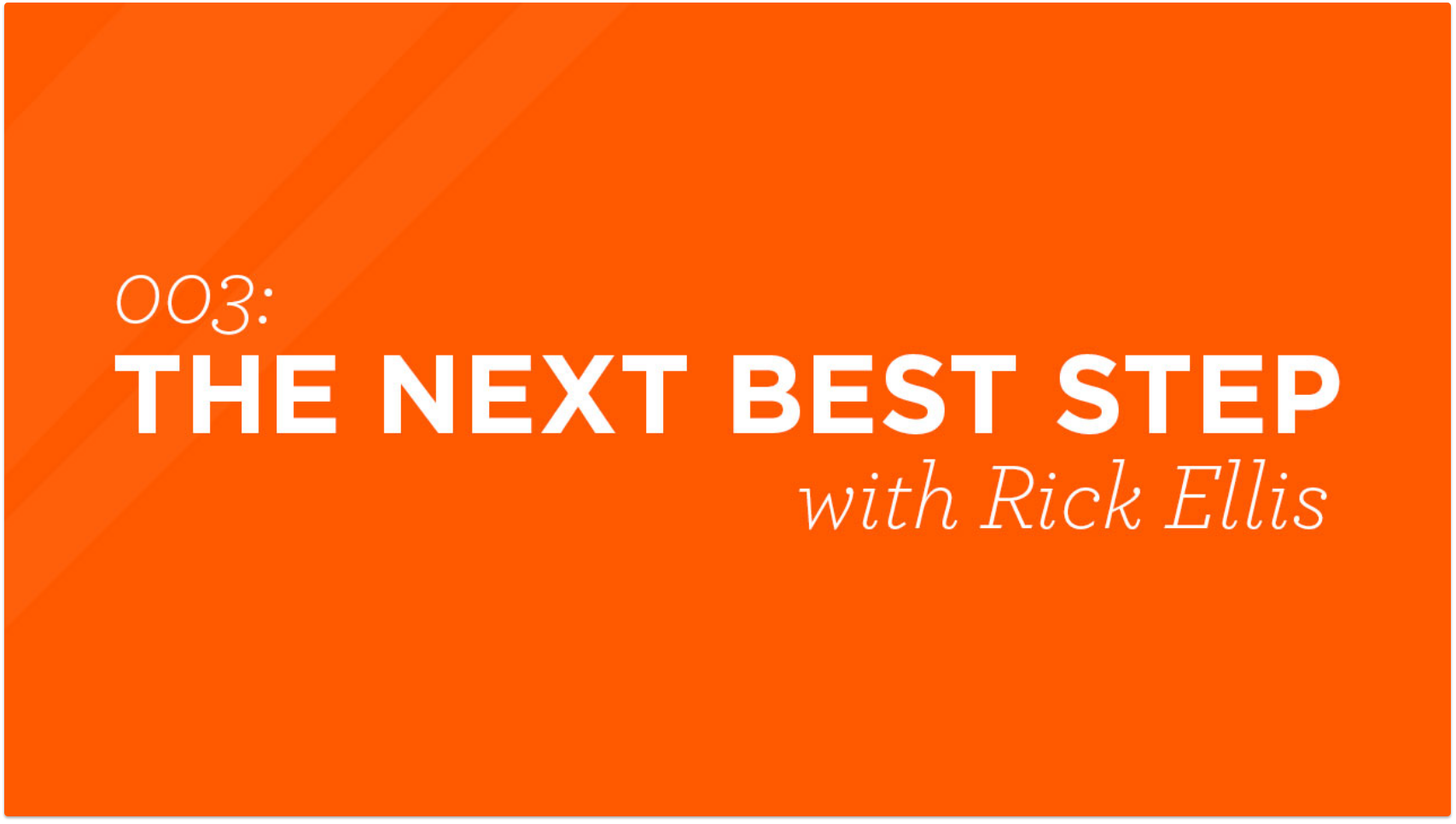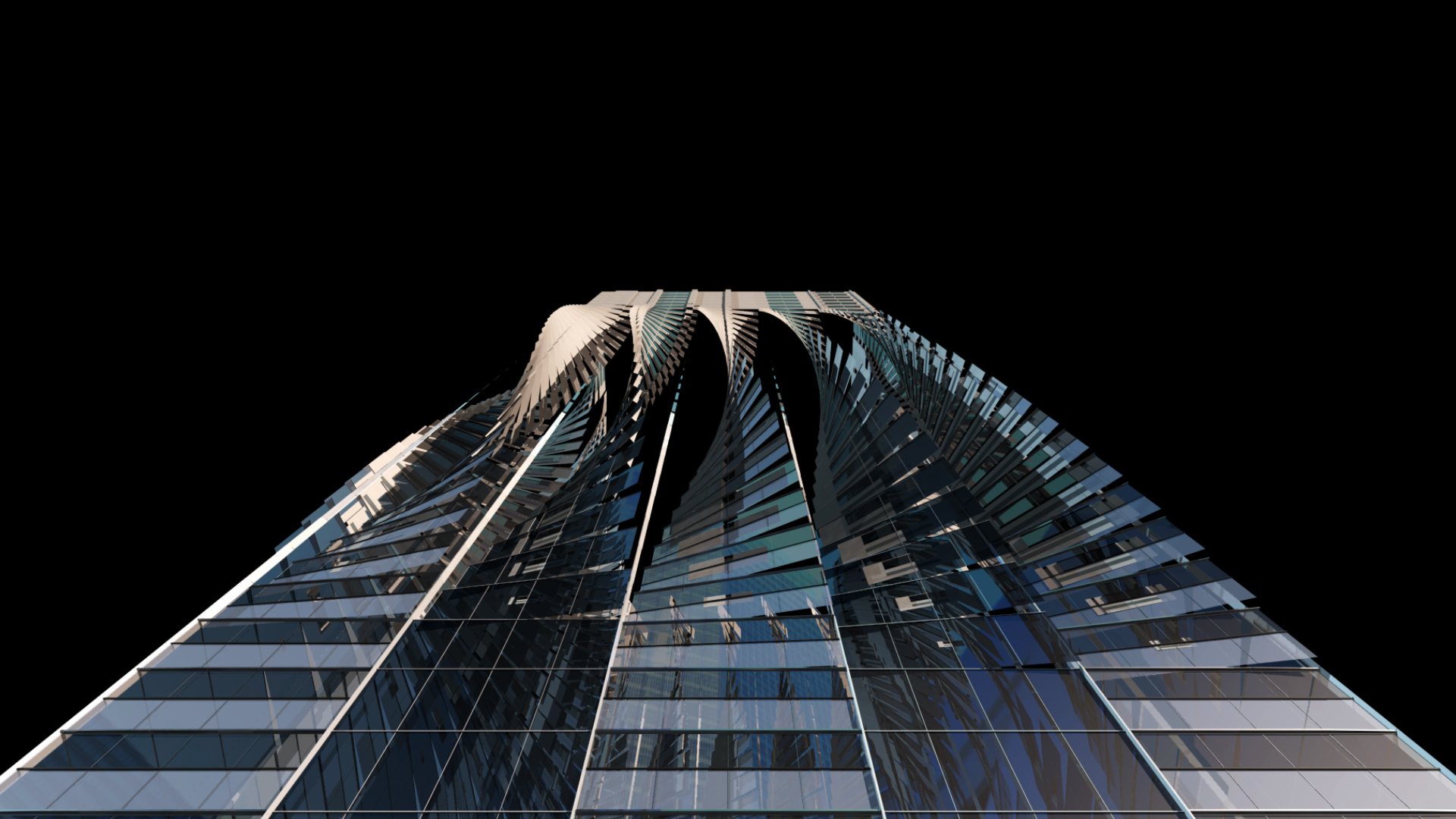“It was a skeleton crew in daylight near land.” He said. “That’s how you know it’s insurance fraud. When someone’s trying to sell a ship and it sinks like that, it’s on purpose."
I was reading through a company-wide online safety directory. Among other things, it listed accidents that had happened fleet wide, from injuries to damage to the ship - what caused them and how to prevent them in the future. And of course sinkings. They’re incredibly rare for cruise ships. That’s why I was reading about it. There was a new officer at my station. Not new, really, but new to me. He had decades in the industry and just transferred onboard.
“Did anyone die?” he asked.
“No”, I answered.
“Of course not. Because the only people on that ship were the company’s people. Experienced people who knew what they were doing. This isn’t the first time either.”
——————————
A client hired me to model a ship for a video he was producing. He was a diver who had just come back from shooting footage of the SS Queen of Nassau wreck in the Florida Keys. He wanted me to show the ship as it would have been the day before it sank. I love modeling ships, but this one was a problem. First it was more than 100 years old so records were difficult to come by. Second, it wasn’t very important. You can find blueprints for 100 year old ships if they’re noteworthy. The Titanic. The HMS Dreadnought. But a small ship of no particular importance? Good luck. The third problem is the ship had been sold and modified more than once. There were definitely no blueprints of that.
I searched online forums, contacted museums and archives. I called the operators of any website that even mentioned the ship to discover their sources. All dead ends. After two weeks of searching I had only a handful of grainy photographs. Then I got something. I found a website selling paper models that you could print out, cut up and fold yourself. One of the products for sale was my ship. It was so random and almost cartoonish. When I looked at the product page, though, I saw more detail than anything else I had found. Either this person made up details that didn’t exist or he had a source! I bought the model and contacted him immediately. He did indeed have documents, but there was a problem. His source had discovered the wreck. It was sensitive information, credit for the discovery, papers to be published and all that. The documents were shared in confidence. He told me the name of his source and gave me Tane’s email address at NOAA. Turns out, this all happened years ago and Tane was now happy to share. Eureka! Tane wrote his thesis on the wreck and had hundreds of pages on the ship. Drawings and plans, photographs, diagrams of the wreck and illustrations of the ship over its entire life. It had everything I could want except hull lines. The most important part. The starting point. Literally the first thing you need to model a ship. After 3 weeks I finally had a treasure trove of information that, unbelievably, was still useless. I wanted to drink. And bash my head against something. As I was drinking, but before I bashed my head against anything, I had a thought. Maybe I should read Tane’s thesis. I was tired of reading about the beginning of this ship so I read about the end. At the end of its life the ship was used to ferry people between Miami, Florida and the Bahamas. It wasn’t a good vessel for this trip and it lost money. The owners put it up for sale and the ship sat for a year and a half without interest, rusting away. Then, out of the blue, the owners announced the ship would travel from Miami to Tampa to be inspected by some anonymous foreign investors. With a skeleton crew onboard, the ship started taking on water near the Florida Keys. It sank slowly in daylight near land with all hands making it safely ashore. Text book insurance fraud I thought. And thus came the end of a proud ship born in the Vickers yard 22 years earlier. All ships die sad deaths eventually. It’s one of those things you always know, but if you love ships it’s still hard to read. But, wait a minute. Tane said it was built by Vickers. Vickers is famous! They would have had impeccable records. Historically important records. The company wasn’t around anymore, but that was a recent development. They made it almost to the new millennium before being acquired, chopped up and eventually melted into divisions of Rolls Royce and BAE respectively. Yeah, I get it: I’m a ship nerd. But come on, this is a shot! Those records might still exist.
Spoiler - they still exist. And no one had any idea but me. Not even Tane. Turns out the records were sold off around the same time Vickers was chopped up and they were collected by Royal Museums Greenwich, only the museum didn’t know what they had. There were tens of thousands of pages sitting in a warehouse near London. RMG had plucked out the important ones, scanned them and made them available for purchase but well over 90% of the pages had not even been cracked open. RMG had a catalogue of contents that, dishearteningly, listed only 4 pages for my ship. But when they sent me the 4 line items, one appeared to be a technical drawing of hull lines. They sent a photographer to the warehouse to scan my page and it was everything I’d hoped for. More even. There were penciled in notes and corrections from the builders. This page sat anonymously in the back of a warehouse so long that no one now living had seen it until I my request.
After more than a month I was looking at the very page held by the people who built my ship with their own hands as they were building it 115 years ago. I felt like Indiana Jones.
I build a lot of 3D models and I give a lot of them away for free. It takes so long to make them if they’re good. I spend days, sometimes weeks or months, staring at a project file as it comes together, turning it around and trying to see it. The way it bends and turns. When I’m done, if it’s good, someone somewhere else in the world, someone I will never meet, is staring at the same project file, orbiting the same model to see how it bends and turns and we are connected.




